Municipal Library Notes (Optional) This text will appear in the inbox
preview, but not the email body. It can be used to supplement the email
subject line or even summarize the email's contents. Extended text
preheaders (~490 characters) seems like a better UX for anyone using a
screenreader or voice-command apps like Siri to dictate the contents of
an email. If this text is not included, email clients will automatically
populate it using the text (including image alt text) at the start of
the email's body.
Spotlight on: Vertical Files – Receptions
By Christine Bruzzese, Director, Municipal Library
The Municipal Library vertical files collection includes
information on receptions for visiting dignitaries,
monarchs, athletes, astronauts and more. It consists of five
file folders of clippings dated mostly from the 1940s to the
1960s.
In late November, early December of this year, French
President Emmanuel Macron visited the United States though
not New York City. An earlier President, Charles de Gaulle,
came to New York City in August 1945 and was honored with a
ticker tape parade followed by a luncheon at the
Waldorf-Astoria Hotel. Here is a page from the booklet
describing the reception.
|
|
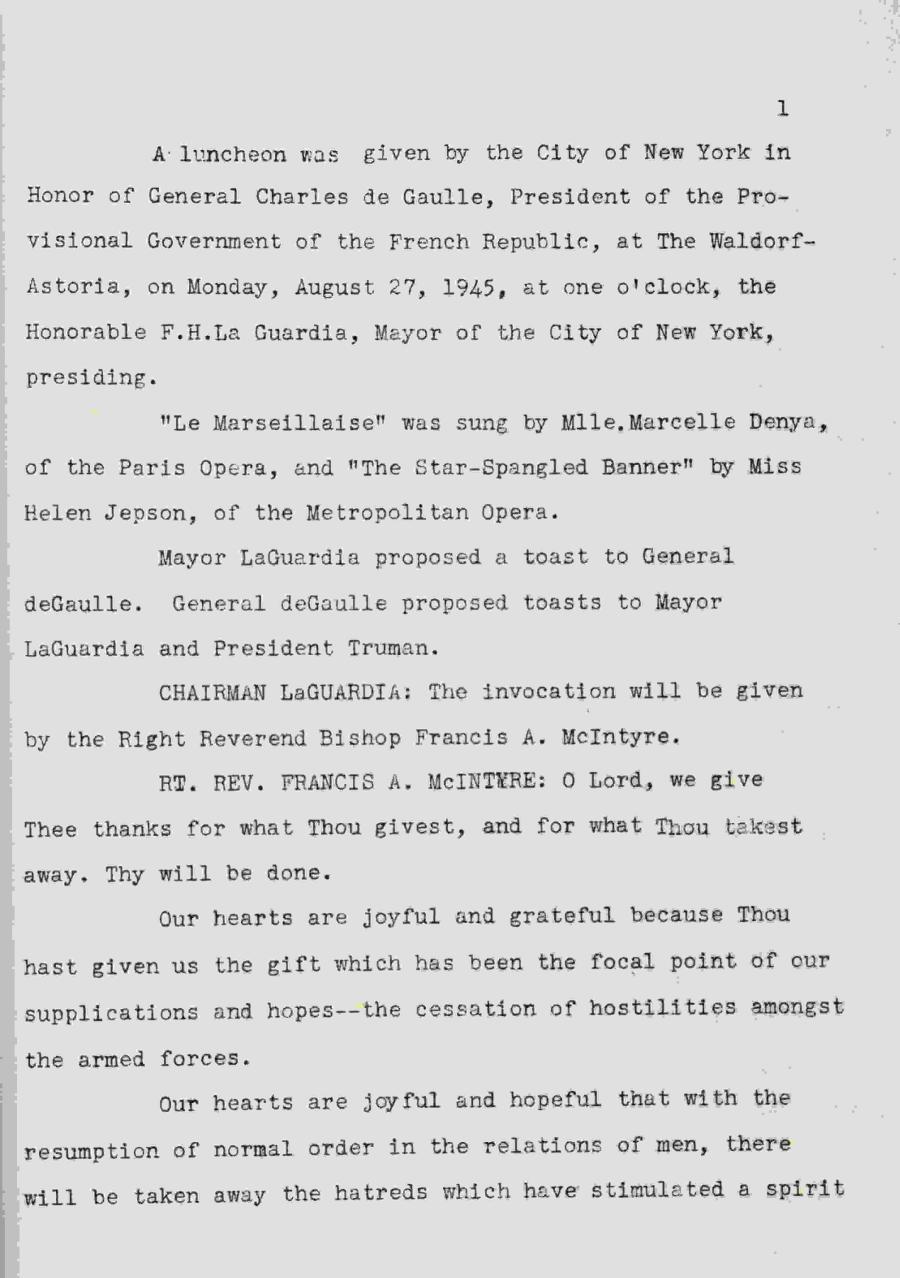
|
|
The image below is from the program for a reception honoring
the President of the Republic of India, Dr. Sarvepalli
Radhakrishnan in 1963 hosted by Mayor Robert F. Wagner.
|
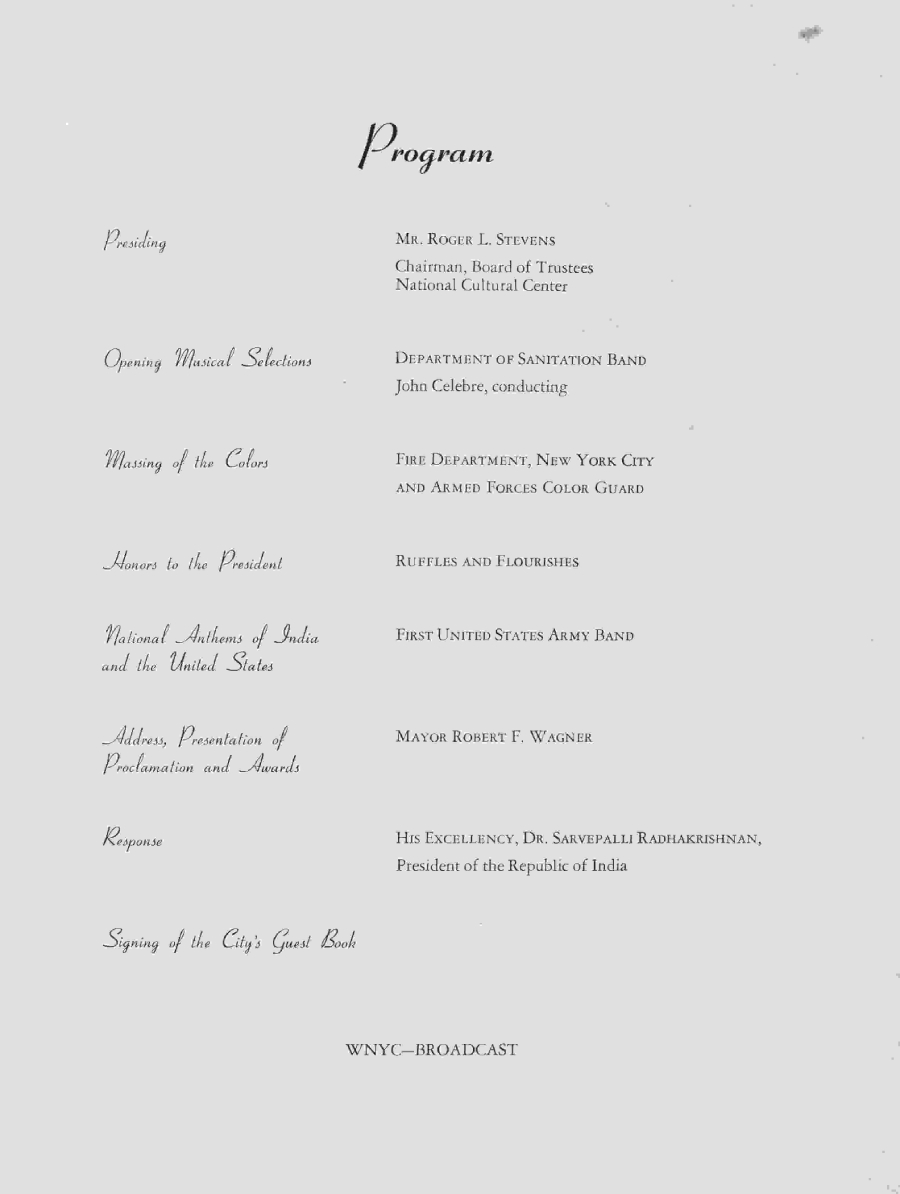
|
|
Municipal Library Notes Official Directory of City of New
York
with One Up image
by Christine Bruzzese, Director, Municipal Library
The February 28 issue of Municipal Library Notes features an
article about the Official Directory of the City of New
York. More widely known as the Green Book, this directory
has been published almost every year since 1918. All the
print editions can be found in the Municipal Library
collection. The article describes the useful material
included such as information about city agencies, statistics
on budget and geography and more. No longer published in
print format, the Green Book can be found at NYC Open Data
portal:
https://data.cityofnewyork.us/
in a searchable database. Please note: the 2005-2006 edition
was published with an orange cover.
Here is the article:
|
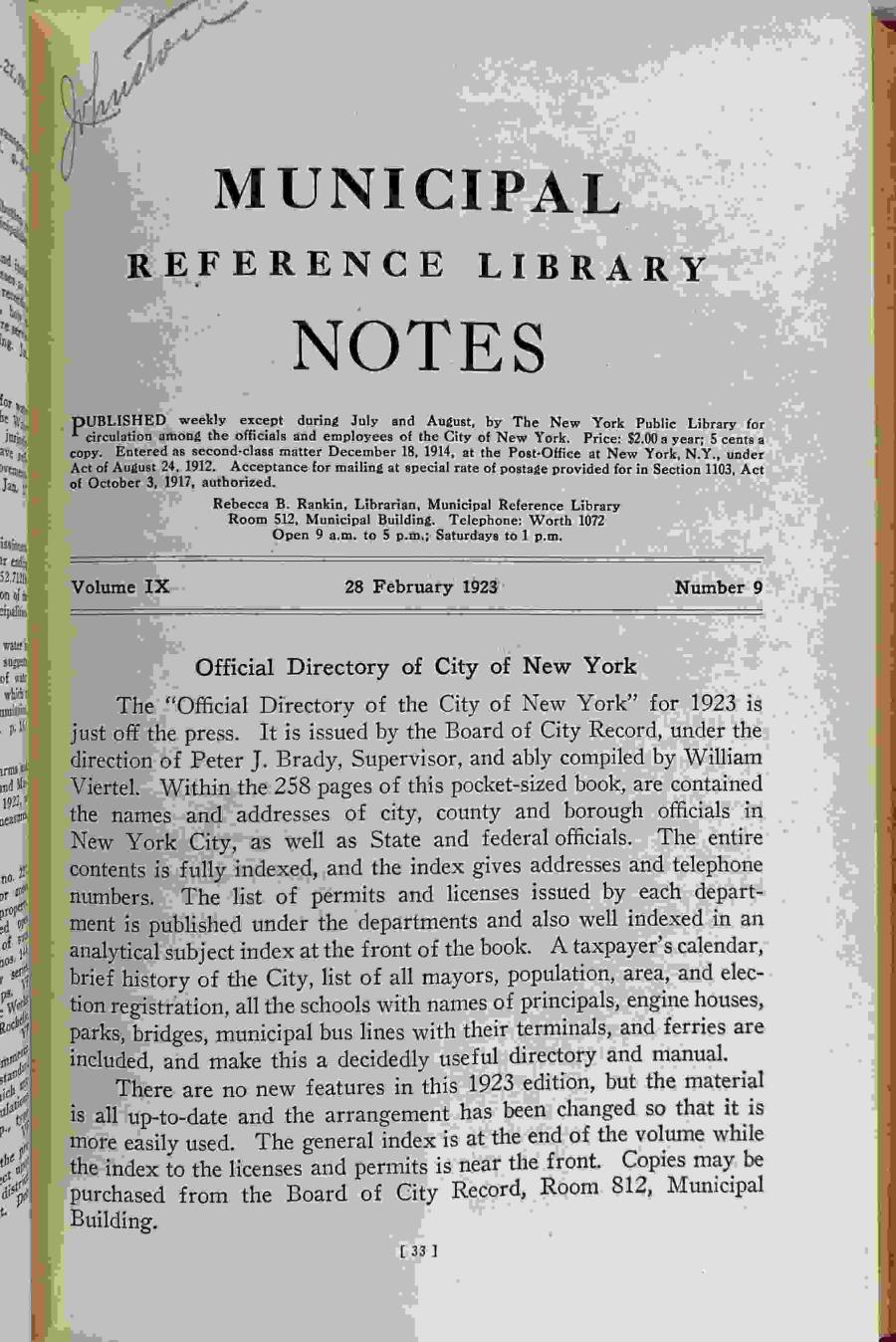
|
|
Here are 2 pages from the 1923 directory:
|
|
|
|
|
|
For the Record
by Michael Lorenzini, Operations Manager, Department of
Records and Information Services
Since December 2016, the agency blog,
For the Record, has been highlighting collections from the NYC Municipal
Archives & Library and exploring the rich history of New
York. Some recent articles you may have missed:
February 2, 2023:
A Charter for New Amsterdam: February 2, 1653
This blog explains the significance of February 2nd as the
anniversary of New York City Municipal government, for on
this day in 1653 General Petrus Stuyvesant formed the first
governing body and lower court system for New Amsterdam. It
gave them the power to create many city agencies and
positions that exist until this day. The Dutch court records
held by the Municipal Archives start a few days later with a
prayer that includes this passage: “Let us remember that we
hold Court, not of men, but of God, who sees and hears
everything. Let respect of person be far from us, so that we
may judge the poor and the rich, friends and enemies,
inhabitants and stranger according to the same rules of
truth and never deviate from them as a favor to anybody, and
whereas gifts blind the eyes of the wise, keep our hearts
from greed, grant also, that we condemn nobody lightly or
unheard, but listen patiently to the litigants, give them
time to defend themselves.”
|
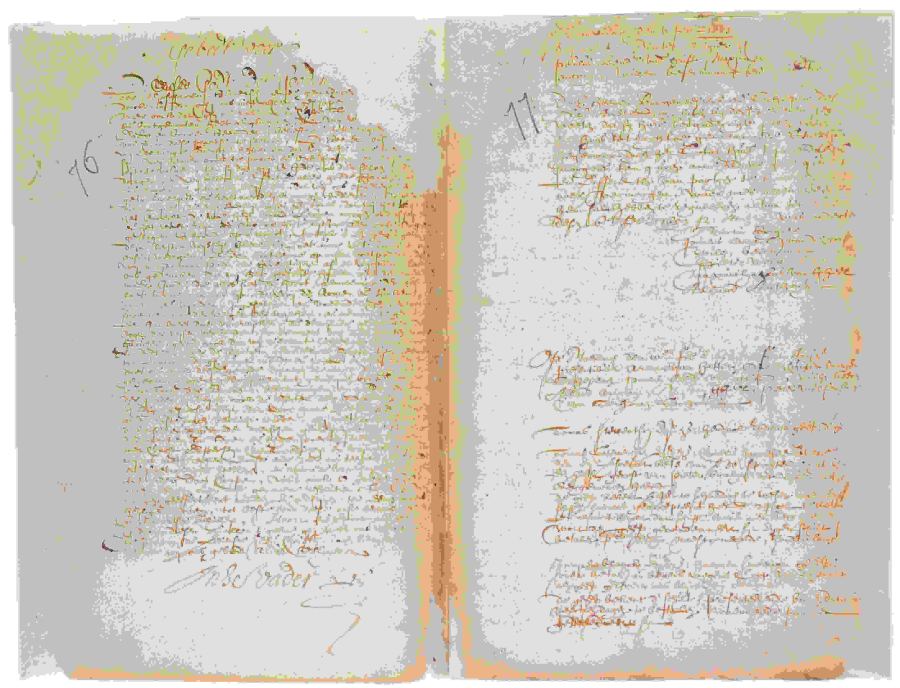
|
|
The first two pages of the court minutes of New Amsterdam
with a prayer on the left page, and then the first day of
court on February 6th, 1653. Records of New Amsterdam, NYC
Municipal Archives.
January 27, 2023:
The Alien Squad
The Municipal Archives collection of Mayor Fiorello
LaGuardia’s papers includes a series, titled Public
Meetings. It contains reports from the New York City Police
Department (NYPD) on public meetings between 1940 and 1945.
The meetings in question were of political groups under
surveillance by the so-called “Alien Squad,” later known as
the “Red Squad,” and properly known as BOSSI, the Bureau of
Special Services and Investigations. These reports tie in
with the photographs in the NYPD photograph collection taken
for the NYPD intelligence division.
|
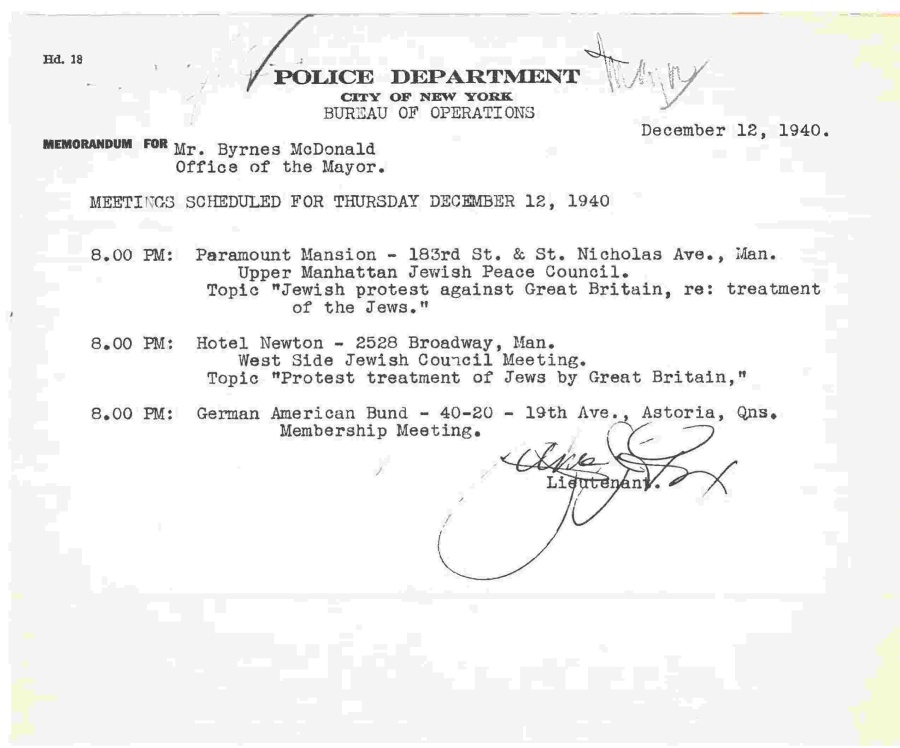
|
|
|
Memorandum, December 12, 1940, Mayor Fiorello LaGuardia
Collection, NYC Municipal Archives.
January 20, 2023:
From Marketfield to the Greenmarket, Part I
Supplying a diverse and teeming city with fresh food has
been a constant problem in New York. Farmers’ Markets, which
have undergone a resurgence in recent years, are nothing
new. This blog explores the history of the Dutch and English
colonial markets of New York. It is the first of three that
will explore the history of New York’s public markets from
the first Dutch markets in the 1600s, to the present day.
|
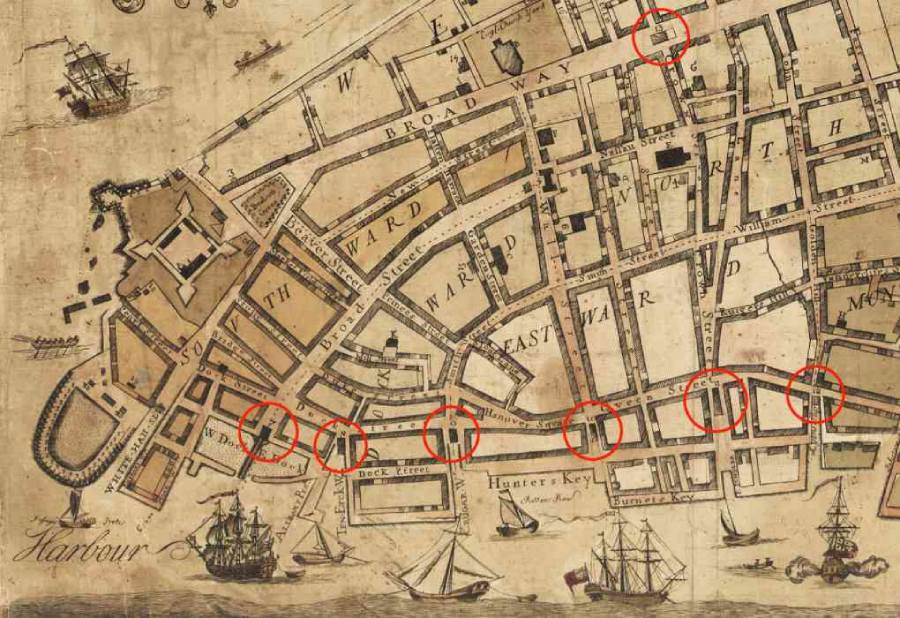
|
|
The Maerschalck Plan of New York in 1754 shows the location
of markets in the English Colonial Era: The Broad Street or
Exchange (7), the Fish (8), the Old Slip (9), the Meal (10),
the Fly (11), the Burlins (12), and the Oswego (11).
|
|
|
January 13, 2023:
The Rev. Dr. Martin Luther King, Jr. in New York City
The Rev. Dr. Martin Luther King Jr. accepted the Nobel Peace
Prize in Oslo, Norway, on December 11, 1964. Upon his return
from Europe the following week, Mayor Robert Wagner
presented Dr. King with the Medallion of Honor, the city’s
highest award. The files in the Public Events series within
the Mayor Wagner papers, reveals extensive documentation
regarding Dr. King’s reception.
|
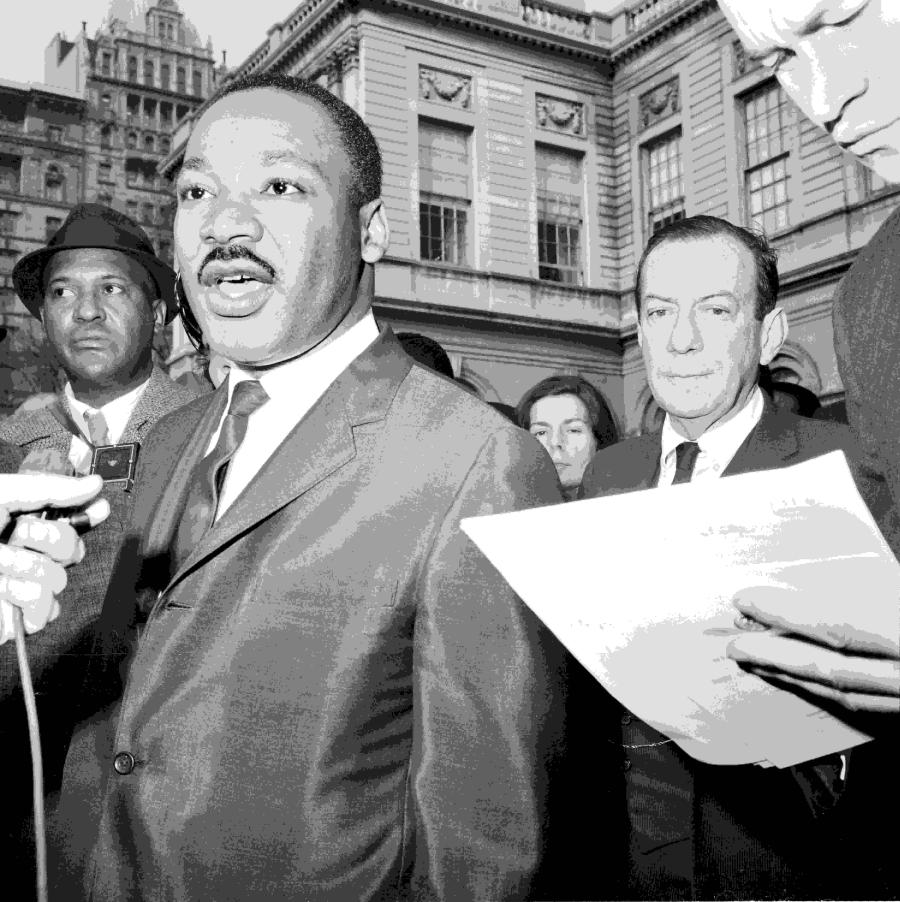
|
|
The Rev. Dr. Martin Luther King, Jr. and Mayor Wagner, City
Hall, December 17, 1964. Official Mayoral Photograph
Collection, NYC Municipal Archives.
|
|
Research and Requesting Records at the Department of
Records and Information Services (DORIS)
By Ashley Vega, Legal Intern
No need to file a Freedom of Information Law (FOIL) request
to get information about City government. Like all public
libraries and archives, the holdings of the Municipal
Library and Municipal Archives are open to the public for
research. FOIL is not applicable. To make an appointment
email
research@records.nyc.gov.
The Municipal Library houses over 400,000 reports, books,
periodicals, and documents about New York City government.
There is also a growing digital collection of agency
publications, available online through the
Government Publications Portal (“GPP”). The GPP search engine allows patrons to select the
subject, agency, and report type to narrow records search.
Patrons can also search records and publications from the
17th century to the present in the
Municipal Library Catalog. Although the publications in the catalog cannot be
electronically accessed, after using the catalog to identify
records of interest, patrons may access the physical
materials, by appointment only, in the Rebecca Rankin
Reading Room (111) at 31 Chambers Street.
The two most requested record types from the Municipal
Library are Board of Estimate and Department of Health
materials.
The Municipal Archives preserves and makes available city
agency records such as office documents, manuscripts,
photographs, blueprints, vital records, maps, sound
recordings, and still and moving images. Collections can be
searched using the online guides available here. The most
requested record types from the Municipal Archives are the
Office of the Mayor, Board of Education, Almshouse, and
Criminal Court records.
To make an appointment to use the materials from the library
or archive, or request more information, please send an
email to
research@records.nyc.gov.
|
|
Achieving Better Customer Service: Motivational Pillars
by Praveen Panchal, Chief Information Officer, Department of
Records and Information Services
Remember that winning customers is keeping customers. Each
individual customer’s perception of your area will determine
how well you do this, and that perception will depend on the
level of customer service you provide. Following
motivational pillars will help you create a solid
customer-centric foundation for your area and go a long way
to help you become a successful manager:
-
Vision: "It's not so much where we stand, but the
direction we are moving."
-
Success: "Knowing we are on the right path and not alone
in our journey."
-
Challenge - "Challenges can be steppingstones or stumbling
blocks. It's just a matter of how you view them."
- Communication - "Build bridges, not walls."
- Leadership - "The essence of leadership is vision."
-
Attitude - "A positive attitude is a powerful force."
-
Customer Care - "Grow your world around your customers and
more customers will grow around you."
-
Customer Service - "Always give the customer more than
they expect."
-
Teamwork - "It is amazing what you can accomplish if you
do not care who gets the credit."
|
|
|
Board of Education Facts and Figures
by Pauline Toole, Commissioner, Department of Records and
Information Services
The Municipal Library holds a host of publications and
clippings that provide information on government operations.
There are documents from every office of City government
which are available to the public either online in the
Government Publications Portal
https://a860-gpp.nyc.gov/collections/zw12z528p?locale=en
or in the research room at 31 Chambers.
Among the publications is a set of 4”x6” booklets titled New
York City Public Schools Facts & Figures. The set consists
of seven reports beginning with the 1962-1963 school year
and concluding with the 1975-1976 school year. Reports for
seven school years are missing.
|
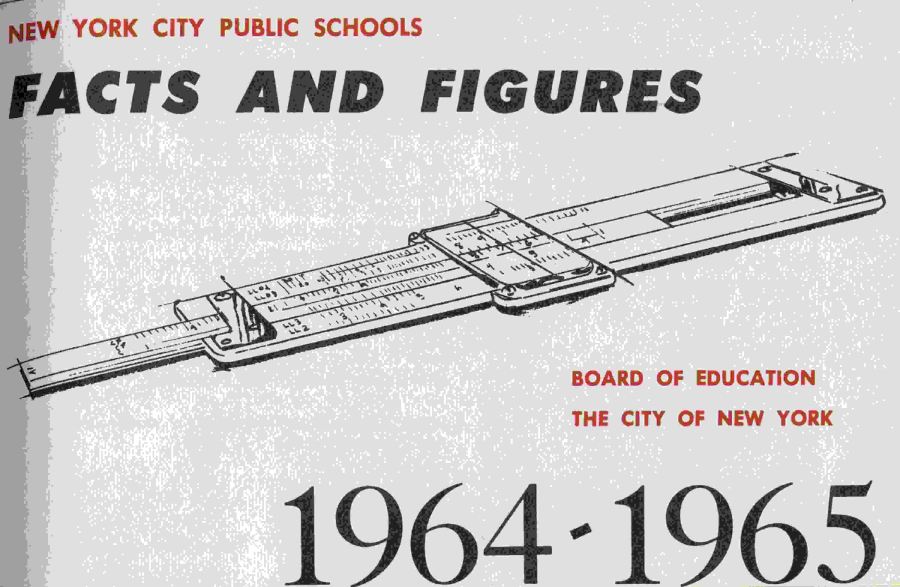
|
|
Front cover from the 1964-1965 report
Facts describe the school system’s organization and range
from the calendar for the academic school year, organization
charts, descriptions of programs and special services
Nestled between descriptions of innocuous programs like a
Veterans Rehabilitation program open to Korean conflict
veterans and After-School and Summer Centers is a surprising
offering: Literacy Tests for New Voters. As late as 1969,
the Public Schools offered annual “Regents Literacy tests”
in October for potential voters “who require a certificate
of literacy to qualify as a voter.” The test was
administered by the Board of Continuing Education. The
literacy requirement, established in 1921 by New York State,
required English-language fluency and was an effort to stop
immigrants from voting. Although the 1965 Voting Rights Act
(VRA) banned literacy tests it was mostly applied in the
South. The extension of the Act in 1970 broadened the
jurisdiction. This literacy test along with the low percent
of the voting age population who were registered to vote in
the Bronx, Brooklyn and Manhattan meant New York City was
covered by the federal Voting Rights Act. Elections were
monitored by the Justice Department until the VRA was gutted
by the Supreme Court in 2013.
Figures include graphics showing the
source of funds and how the funds were spent, charts listing
the number of each type of school or the number of students
in the lunch programs—both paid and free, the per pupil cost
of instruction and much more.
|
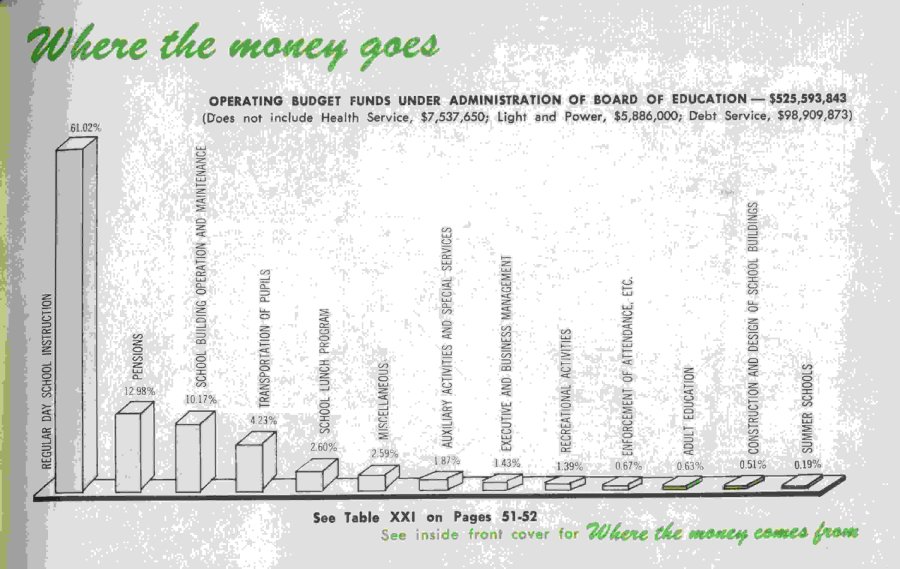
|
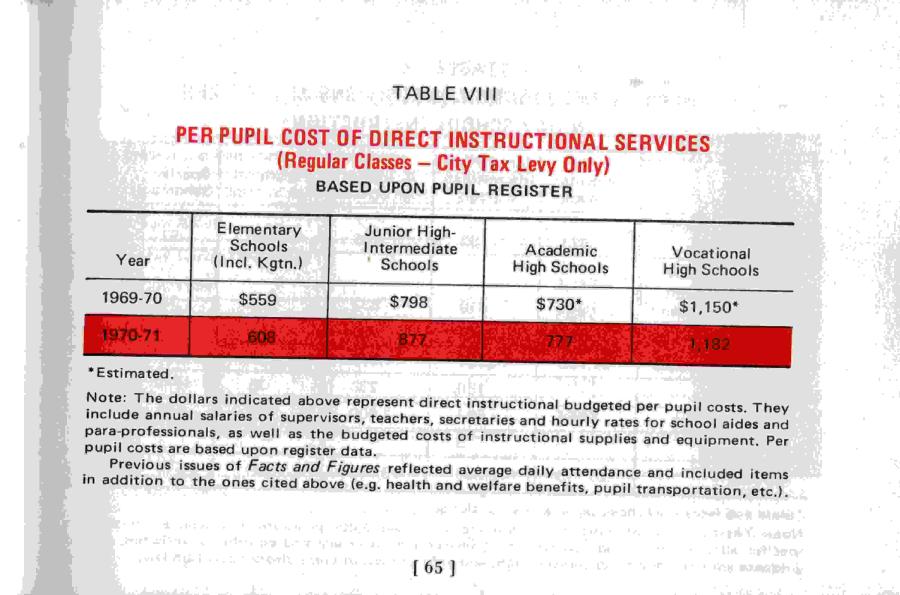
|
|
|
Per pupil cost—1970-71
An interesting fact is that swimming pools at the public
schools were open in the evening to community members.
Evening Community Centers were open from 7 to 10 pm “to meet
the recreational needs of teenagers and young adults.”
|
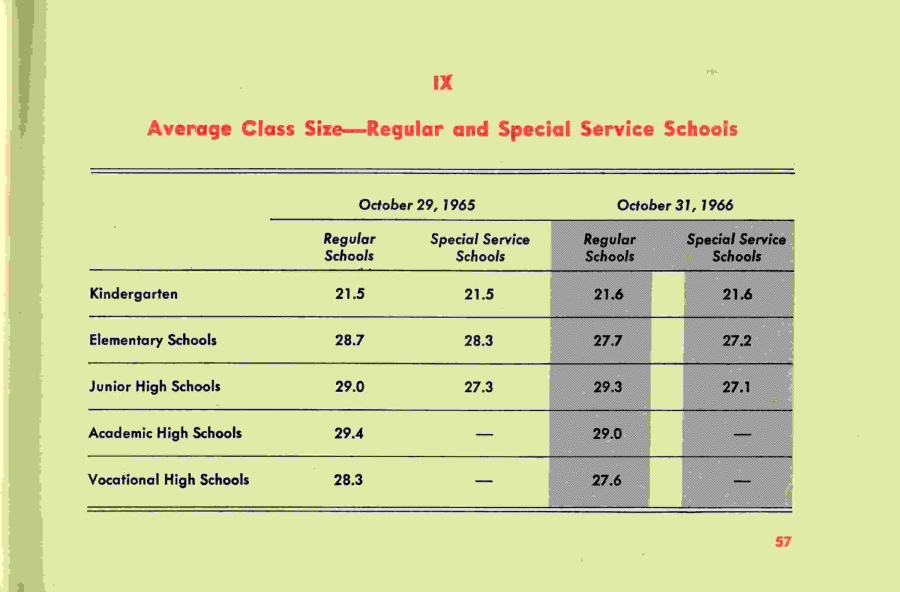
|
|
Class size chart
|
|
|
The average class size was 30.6 students in elementary
school and 32.7 in high school in 1961. By 1970 the number
dropped to 26.6 in both elementary and high schools. By
1975, this data point was no longer provided. Currently the
information is on the Department of Education’s website:
with an average of 26.6 pupils in elementary school and 22.3
students in high school.
This is the NYC.gov news you requested for:
Municipal Library Notes
To unsubscribe, please go to this link:
https://www1.nyc.gov/site/records/about/records-newsletter-sign-up.page
Comment on this news service:
https://www1.nyc.gov/nyc-resources/email-news-subscription-feedback-form.page
PLEASE DO NOT REPLY TO THIS MESSAGE
|
|
|
|

